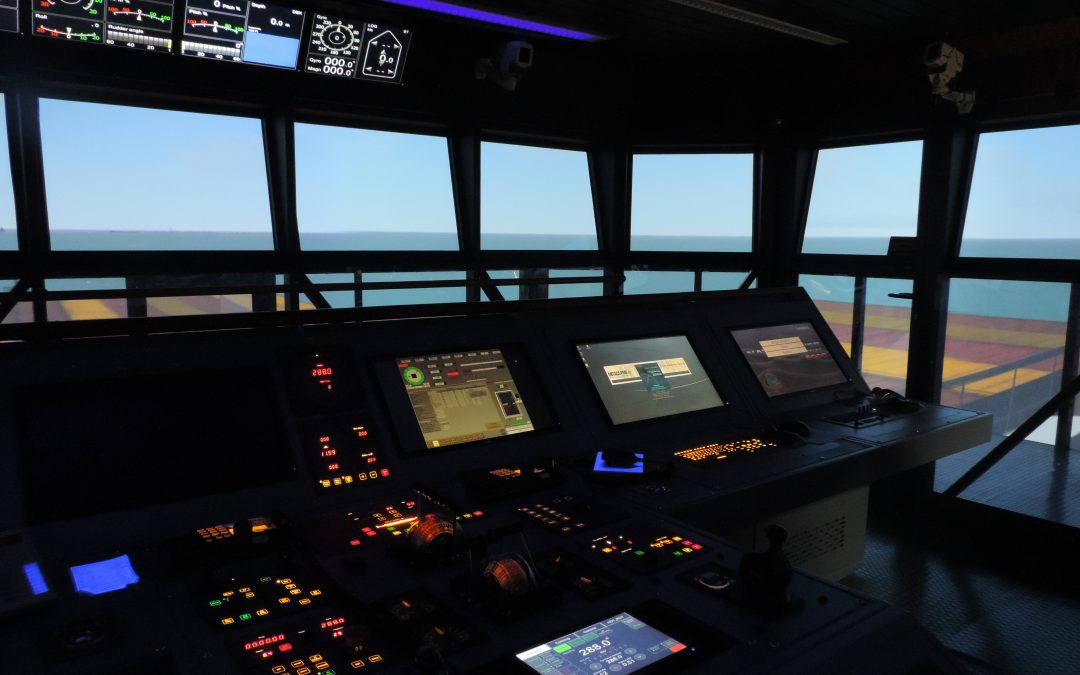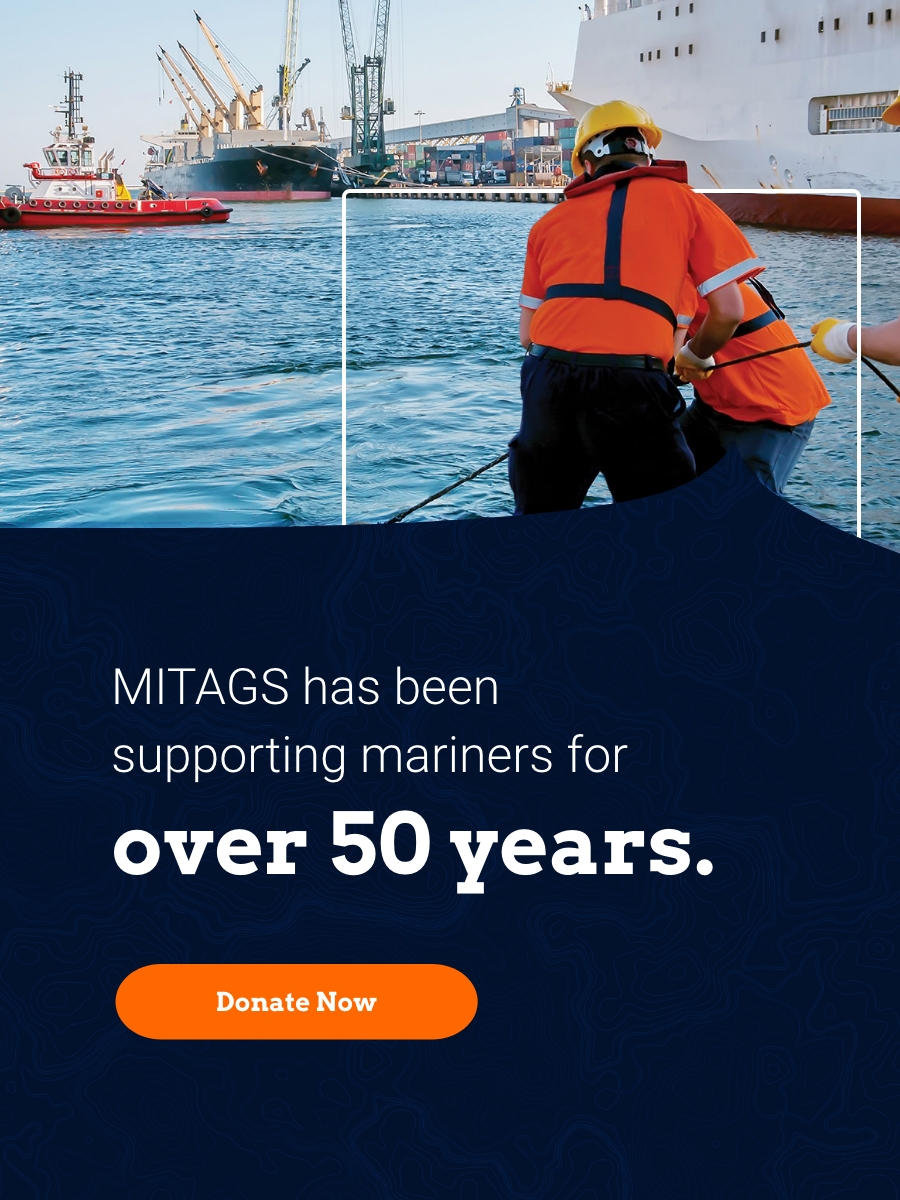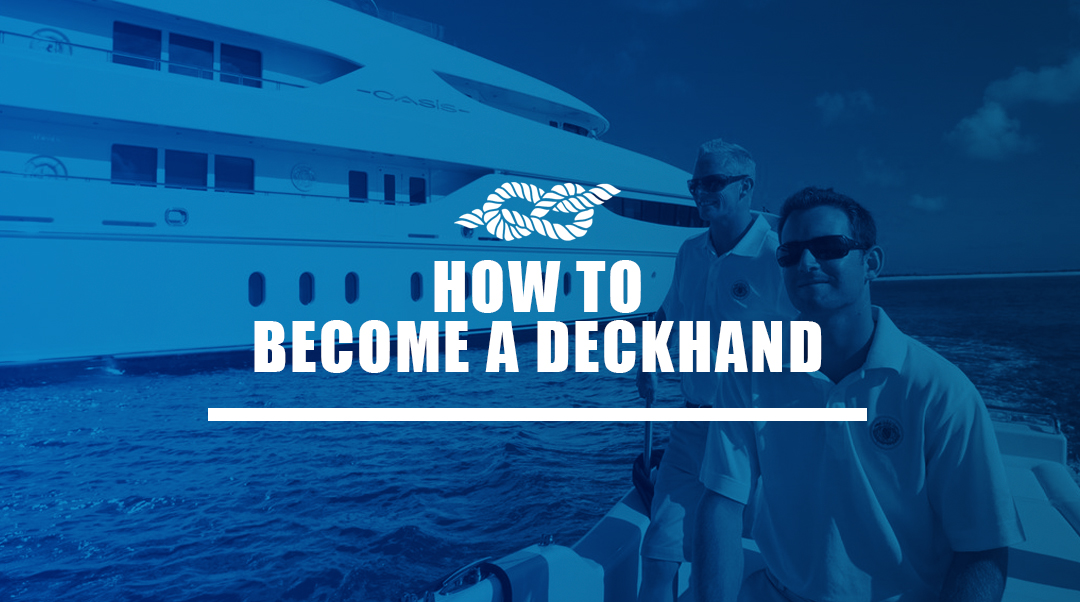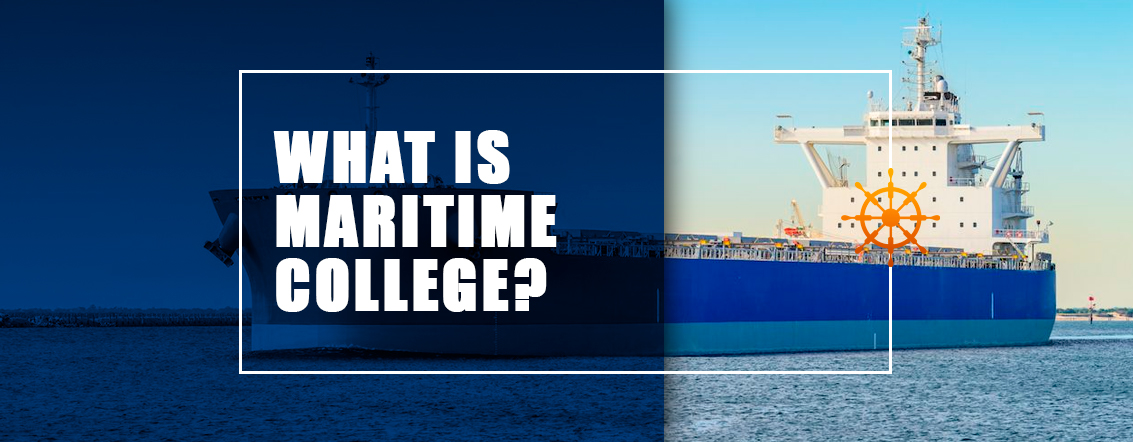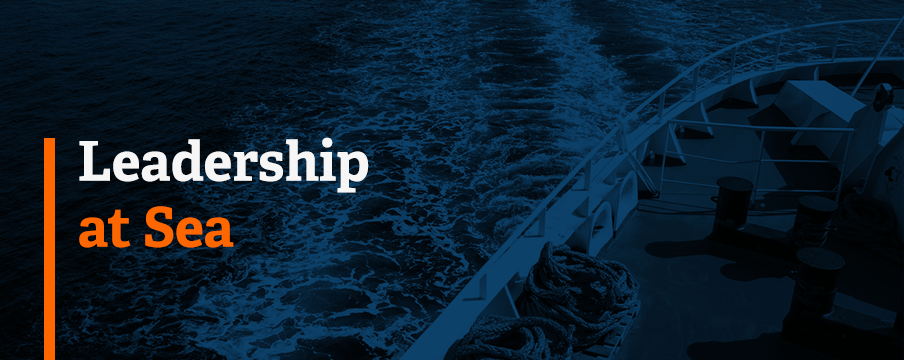In the maritime industry, you often need to make decisions quickly and while under pressure. These decisions can have significant economical, safety and environmental consequences, so it’s crucial to have solid decision-making skills. Find tips for improving your maritime decision-making skills below.
What Is Critical Decision-Making?
Critical decision-making involves systematically gathering and evaluating information to make a decision. It requires finding the best available information and organizing it, then thinking through the options to determine the optimal choice given the circumstances. This process is crucial to making well-informed, well-thought-out decisions. The term “critical thinking” is often used to refer to the process leading to the final decision.
Key Points in Critical Decision-Making
Critical thinking is essential in many situations that you may experience the maritime industry. Understanding the elements that make up critical thinking can help you to develop your skills. The four main elements are:
- Logic: Logic is the ability to see relationships between causes and effects. This skill enables you to better predict the impact a decision will have on various systems and individuals.
- Truth: Critical thinking requires the ability to see the facts of a situation and prevent biases and emotions from clouding judgment.
- Context: To make a well-informed decision, you need to consider the context of the decision, which can include a wide array of factors.
- Alternatives: Critical thinking requires multiple options, including new potential solutions to a problem.
In maritime operations, there are often many factors at play that have an impact on the decision-making process. To improve decision-making in a maritime environment, it’s crucial to work on these five areas:
- Individual decision-making: Individuals need to be able to make critical decisions independently. These decisions should align with the goals of the crew as a whole, and while each member of the crew needs to be able to operate independently, it’s essential that they also know when to consult with others.
- Group decision-making: In many circumstances, decisions will need to be made as a group. Working in a team can bring numerous advantages, such as diverse perspectives and increased capacity. Effective teamwork leads to a result that is more than the sum of its parts.
- Communication in challenging conditions: In the maritime industry, you often face challenging conditions such as inclement weather and situations that require quick decision-making under pressure. Being able to communicate and make decisions effectively under these demanding conditions is essential.
- Transparency around decision-making and mistakes: Encouraging transparency about decision-making and errors can facilitate continual improvement and help avoid mistakes. Creating an environment in which crew members are not afraid to admit mistakes and discuss potential improvements leads to better decision-making.
- Intuitive decision-making and training: When you have more experience with a given situation, you can make decisions more quickly and effectively. This intuitive decision-making ability can be honed over years of experience, but training focused on growing these skills can speed up the process of obtaining it.
How to Improve Decision-Making at Sea
Improving decision-making at both the group and individual levels is essential to successful and safe voyages. At the group level, establishing a shared view of the operations, methods and situation is crucial, as is creating an inclusive and comfortable atmosphere that encourages clear communication and open sharing of information. At the individual level, training and protocols can help improve decision-making. The following tips can help you improve decision-making at sea:
1. Ensure Access to Accurate Information
To make smart decisions, crew members need access to up-to-date, accurate information. Ensuring that vessels are equipped with robust information systems, such as Frequentis’ systems, is essential. These systems enhance situational awareness and provide safety-critical information. Without them, crew members won’t have all of the information they need to make decisions, and it will be more difficult for the team to stay on the same page. Crew members should also receive training in using these systems and should use them according to standard procedures to avoid miscommunications and promote efficient operation.
2. Encourage Diversity of Thinking
Research has shown that well-integrated, diverse teams outperform homogenous teams in decision-making. Diversity in many areas, including age, nationality, gender, occupation, rank, experience and knowledge, can be beneficial. Diversity helps to reduce errors due to groupthink, as a wider variety of backgrounds, experiences, knowledge and perspectives are available. This variety helps reduce the effects of biases and encourages groups to take more factors into account, providing more options for finding the right solution. To get the full benefits of crew diversity, leadership needs to foster an environment where crew members feel comfortable expressing their opinions and perspectives, even if they differ from those of others.
3. Establish Clear Roles and Expectations
Before beginning a maritime operation, it’s important to establish clear roles and expectations for how those in the various roles will interact. The ranking hierarchy on the vessel sets the foundation for the roles, but it’s important to establish standards that enable efficient interaction between roles.
Open communication is, again, an essential element of this. The captain should encourage crew members to bring up concerns and questions, even if they are uncertain if it’s relevant or correct. Doing so should be considered part of the job of the crew member. While the captain has the final word, participation by crew members in the decision-making process can help the captain to be a better leader. To enable participation, the captain should go through the decision-making process out loud.
4. Prioritize Clear Communication
Clear communication is essential to smooth vessel operation and avoiding mistakes. It’s best to use standard operational terms and familiar phrases to avoid confusion. Considering the communication channel can also help. For example, sometimes, it’s best to present an idea visually, while other times, a verbal message is more efficient.
Clear questions are an integral part of clear communication. Open questions are preferable to leading or suggestive questions.
- Leading question: We should reduce our speed to 10 knots, shouldn’t we?
- Suggestive question: Should we reduce our speed to 10 knots?
- Open question: How many knots should we reduce our speed to?
Questions should also have a clear purpose, as this helps elicit more useful answers. The framing of a question is also important. Aim to avoid ambiguity, false comparisons and false dilemmas and try to focus on only one issue at a time. You may also need to ask follow-up questions at times to get all of the relevant information.
5. Encourage Error-Tolerant Crew Procedures
Encouraging a culture in which people are not afraid to openly discuss mistakes is crucial for improving your processes and avoiding repeated mistakes. Crew members should be encouraged to challenge potential bad decisions and be transparent about their own errors. Rewarding crew members who report mistakes and taking away the fear of punishment for making mistakes can help encourage this kind of culture. Using more positive language and focusing on the potential improvements and lessons learned, rather than the mistakes themselves, can help promote this kind of environment as well.
It may also be helpful to hold regular meetings in which crew members can review recent operations and discuss potential improvements. Safety checklists may also help, as they encourage accountability and information sharing. Reviewing checklists may reveal opportunities for improvement.
6. Encourage Honesty About Personal Circumstances That May Hinder Decision-Making
Maritime work can be high-stress and high-pressure. Emergency situations can even lead to shock and other states that hinder decision-making. Encouraging crew members to be honest about stress, fatigue and other circumstances that may impact their decision-making can help prevent mistakes from occurring.
If crew members can let others know when they are unable to perform at their best, others can take over certain tasks and decisions. Crew members can also inform the captain, ship owners or others if they notice someone else showing signs of shock, fatigue or unusually high levels of stress. Some signs of shock, according to the report on the Costa Concordia cruise ship disaster, include denial or disbelief, moodiness, irritability, anger, emotional numbing, forgetfulness and sleep disturbances such as nightmares.
7. Establish Standard Communication Practices
Established communication protocols can help ensure efficient, clear communication. Numerous systems have been devised for this purpose.
One system is the PACE system, a procedure for raising concerns. It involves “graded assertiveness,” or different levels of assertiveness at each step. The four steps are Probe, Alert, Challenge and Emergency.
- Probe: This step involves asking a question to bring awareness to your concern. For example, you might say, “There is another ship ahead. Do we need to slow down so we can make a turn?”
- Alert: In this step, you state your concern more directly. You might say, “There is a ship ahead, and our speed is 18 knots. I think we should slow down so we can make a turn.”
- Challenge: This step involves challenging the decision or non-decision of the person in charge. You might say, “We need to slow down now so we can make a turn and avoid colliding with that ship.”
- Emergency: If all other steps fail, the crew member should take emergency action to correct the problem. You might say, “I’m notifying the engine control room and switching to manual steering to begin making a turn.”
A common method used in decision-making is the Osborn-Parnes Creative Problem Solving process, also known as the CPS Learner’s Model. There are many variations on this process, but the basic model includes four stages consisting of six steps:
- Clarify: The first stage includes identifying the goal or challenge, gathering information and coming up with questions that lead to solutions.
- Ideate: The next stage involves exploring ideas for solving the challenge.
- Develop: Next, you formulate solutions and choose the most fitting one.
- Implement: The final step involves formulating a plan for implementing the chosen solution.
8. Use Training to Develop Intuitive Decision-Making Skills
Intuitive decision-making skills are gained over years of experience, but there are various techniques you can use to promote the development of these skills and help workers acquire them more quickly.
Tactical decision games (TDGs) can help maritime professionals develop their critical thinking skills and practice reacting to various situations. In these paper-and-pencil exercises, the organizer defines a situation, goal and the resources available. Participants must then describe how they would proceed. During the exercise, the organizer will announce an unexpected twist and require team members to quickly explain how they would respond. This helps participants practice making decisions under pressure.
The ShadowBox Method is similar to TDG but doesn’t require having an organizer on site. In this exercise, a group of experts is given a scenario and writes out how they would respond. A group of beginners is then given the same scenario but not the experts’ responses. After the learners write out how they would respond, they are given the experts’ answers. They can then compare how they responded to how the experts responded.
Protocols can also help with practicing intuitive decision-making skills. Learning protocols requires thinking about how you would respond to various situations. In real-life situations, you can use the established protocols to guide your decisions.
On-the-job learning involves shadowing an experienced decision-maker as they work. After an on-the-job learning experience, the experienced decision-maker and the observer should discuss what happened and the decision-making processes used. An experienced maritime professional could also lead a similar learning experience by describing a past situation they encountered and how they responded and allowing less-experienced seafarers to ask questions.
Ongoing Learning for Improving Critical Decision-Making at Sea
Another way for seafarers to improve critical decision-making skills is to take ongoing learning courses and participate in workshops. Here’s a look at some of the courses and workshops offered at MITAGS.
Navigational Decision-Making Series — Best Practices in eNav
Our navigational decision-making series course is a three-day course designed as a refresher for qualified Mates and Masters who have attended Radar and ARPA courses approved by the United States Coast Guard. At the conclusion of the course, the learner will stand watch on a bridge equipped with RADAR/ARPA, AIS and ECS and demonstrate use of the available data for navigation and collision avoidance.
Continual Improvement Workshop Series
Continual improvement helps organizations manage risk, ensure regulatory compliance, lower costs and reduce incident rates. It also provides useful feedback for critical decisions. In partnership with QSE Solutions, MITAGS offers a series of workshops on continual improvement.
Simulation Training Programs
Simulation training programs enable participants to practice making critical decisions in realistic virtual environments. We operate maritime navigation simulator training centers in Maryland and Washington and can develop custom simulation training programs.
Contact MITAGS to Learn More
MITAGS focuses on providing high-quaity training that enables students to succeed in today’s maritime industry. We offer various courses, workshops and training programs for individuals looking to enter the maritime profession and professional mariners who want to advance their careers.
Our 40-acre campus near Baltimore/Washington International Airport and our satellite campus in Seattle, Washington, offer advanced simulators, training centers and labs. MITAGS is a Det Norske Veritas-certified Maritime Training Provider and complies with the Standards of Training, Certification and Watchkeeping for Seafarers (STCW), as well as criteria established by the United States Coast Guard, the Military Sealift Command (MSC), the American Pilots’ Association, the International Lighthouse Authority (IALA) and other organizations.
To learn more, continue to explore our website or contact us today.

